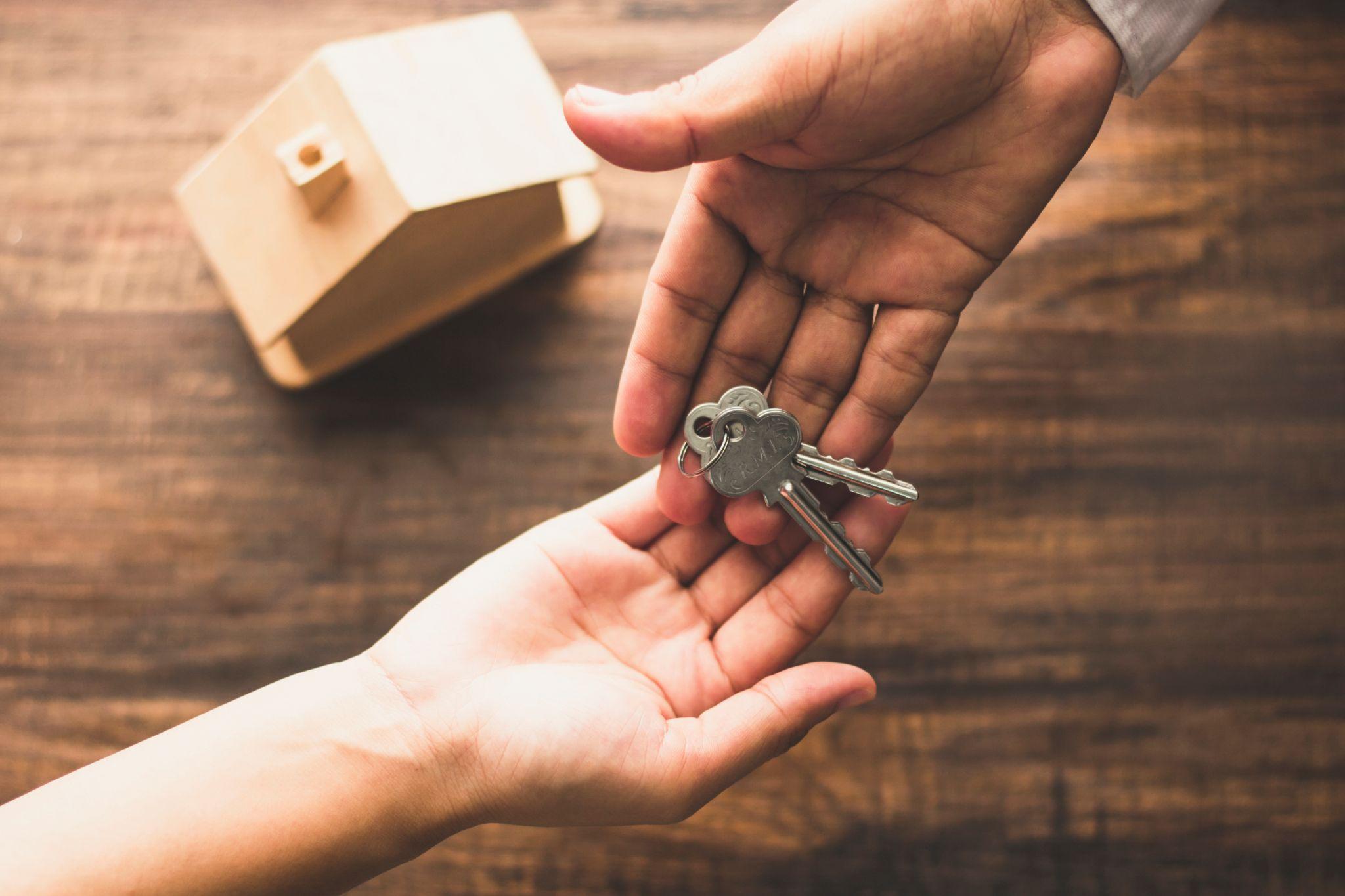If your current home no longer meets your needs, the idea of moving on—especially when you spot the perfect new place—can be tempting. But what happens when most of your equity is still tied up in the house you haven’t sold yet?
Buying before selling is possible—but it’s a financial and logistical balancing act. Ahead, we’ll walk through the risks, the strategies that can help you succeed, and what to consider before taking the leap.
The Challenges and Risks
Buying a new home before selling your current one might feel like the right move—but it comes with potential complications that can quickly derail your plans if you're not prepared. Understanding the risks involved can help you make smarter, more informed decisions.
Financial Strain
The most immediate challenge when you buy before you sell is managing cash flow. Owning two homes means juggling two mortgages, insurance, property taxes, utilities, and maintenance. If the timing doesn’t align, temporary housing or bridge financing may be needed. This financial strain can impact your debt-to-income ratio and jeopardize loan approval.
Market Risk
Buying a new home before selling the old one can be risky in a shifting market. If your home takes longer to sell or fetches a lower offer, you may need to compromise on price. Meanwhile, rising interest rates or low appraisals may impact financing for either property. A sluggish market could leave you overextended or forced to sell below value.
Logistical Headaches
Managing two properties can be overwhelming. You’ll need to align closing dates, coordinate movers, and possibly stage your old home while living elsewhere. If your new home needs work, or if you need temporary storage, the logistics get even more complicated—especially without a well-planned timeline.
Strategies for Buying Before Selling
While the risks are real, there are also proven strategies that can help you bridge the financial and logistical gap. Choosing the right approach can make the process more manageable—and even give you a competitive edge.
Contingent Offer
A contingency clause makes your purchase dependent on selling your current home. It gives you a set timeframe—typically a few weeks to two months—to finalize the sale. If it falls through, you can walk away without losing your deposit. While this approach minimizes financial risk, it can weaken your offer in a competitive market.
Bridge Loan (Swing Loan)
A bridge loan helps finance your new home using the equity in your current one. It lets you move ahead without a sale contingency and is repaid once your first home sells. However, these loans typically come with higher interest rates and closing costs. Solid credit and income are usually required.
HELOC or Cash-Out Refinance
A home equity line of credit (HELOC) offers flexible borrowing against your home’s equity, while a cash-out refinance enables you to replace your mortgage with a larger one and take the difference in cash. These options can fund a down payment before you buy a home and generally offer lower rates than bridge loans. However, approval is easier before your home is listed for sale.
Rent-Back Agreement
With this option, you sell your home and rent it back from the buyer for 30 to 60 days, giving you time to find and close on your next purchase. This can reduce stress, but it requires clear agreement on rent, duration, and responsibilities.
Savings or Liquid Assets
If possible, use savings, investment income, or other liquid funds to bridge the gap. Buying a house while selling a house with cash or low-risk assets minimizes debt and strengthens your offer. Still, be sure to maintain an emergency cushion for unexpected costs or delays.

Key Considerations Before You Start
Before making any moves, it's essential to step back and assess your personal, financial, and market readiness. The better your preparation, the smoother your transition between homes will be.
Your Financial Picture
Review your credit score, available savings, home equity, and current debt. Lenders will assess your full financial profile, so getting pre-approved early is smart. It helps define your price range and ensures you can manage costs—even with overlapping mortgages.
Market Conditions
Is the local market hot or cooling off? In a seller’s market, homes sell quickly, which makes it easier to time transactions. In slower markets, selling may take longer, increasing the risk of buying before selling a home. Know the average time on market and buyer demand in your area.
Your Risk Tolerance
If you’re financially stable and confident in the market, buying first may make sense—especially for rare or in-demand homes. If you prefer a cautious approach, sell first or use a contingency clause. Either way, balance your comfort level with your long-term goals.
The Fastest Way to Move Forward—800CashToday
If you've found your next dream home but haven't sold your current one, 800CashToday offers a fast, stress-free solution. You can sell your house for cash in just days—no repairs, listings, or real estate agents needed.
Skip the delays, unlock your equity ASAP, and move on your terms.



